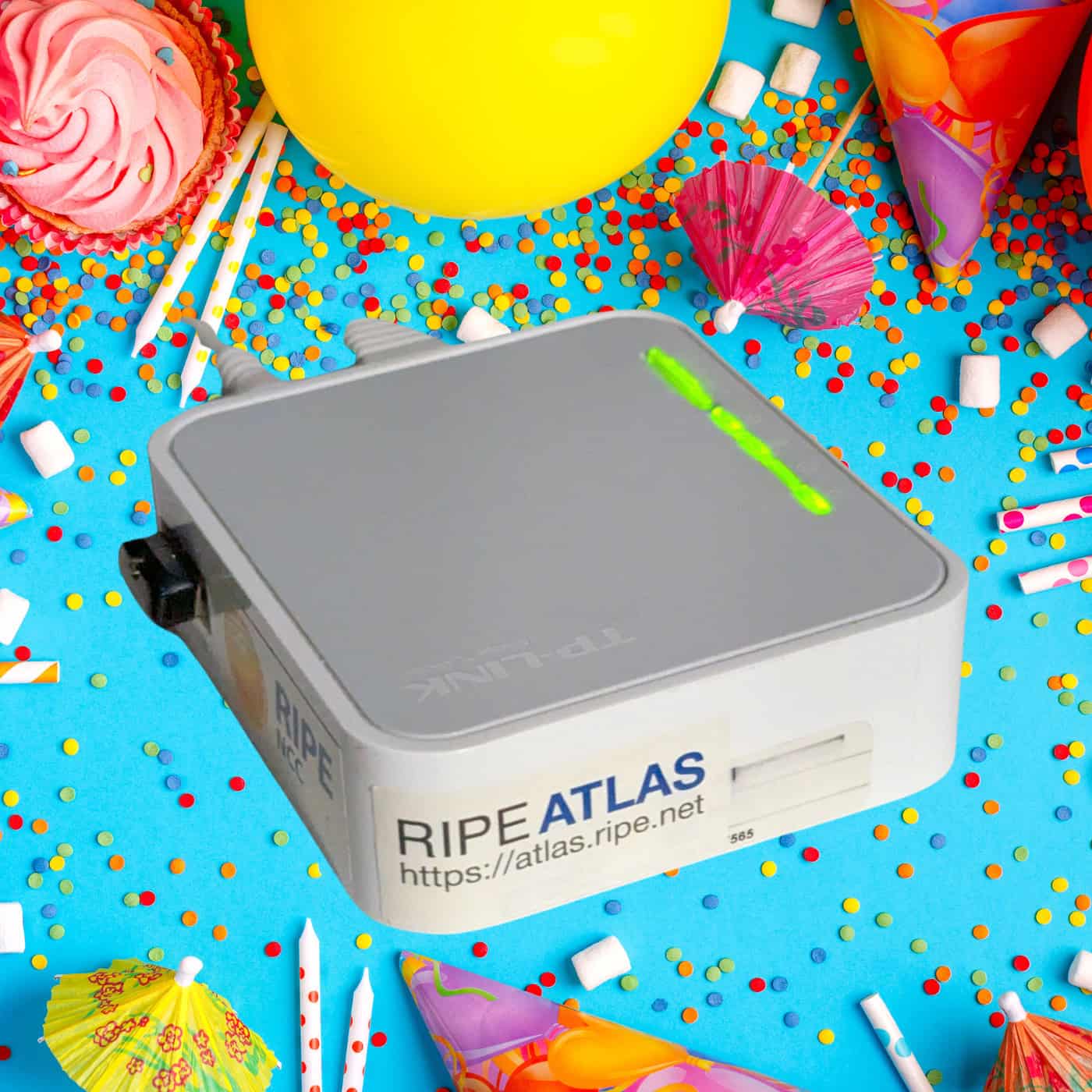The 2011 Rocky Mountain IPv6 Summit was held in Denver earlier this week (25-27 April) at the Grand Hyatt. It was a great event, as we have come to expect from the Rocky Mountain IPv6 Task Force. I was especially pleased that they stepped the presentation content up a notch with regard to technical depth (something I have complained about in the past). If you were not able to attend, I highly recommend looking over the detailed agenda and downloading the presentations that interest you, once they are posted (probably by the time you are reading this).
I am extremely proud to be able to claim one of those presentations as my own. Ken Sexton, Aaron Hughes and I did a panel / town-hall type presentation covering IPv6 routing on Tuesday morning, as part of the service-provider track. From the abstract:
[The presenters] will cover IPv6 routing protocols including OSPF, IS-IS and BGP. You will learn how to configure OSPFv3 for IPv6 and how OSPFv2 and OSPFv3 are mutually exclusive. The talk will also cover the ins and outs of IS-IS for IPv6, including both single-topology and multi-topology options. [They] will then dive into BGP and cover both native IPv6 peering as well as MP-BGP using IPv4 peering to exchange IPv6 routes. You will see both Cisco and Juniper configurations and CLI commands throughout. After attending this talk, you’ll know how to enable and verify the operation of basic dynamic IPv6 routing within your network using BGP and your choice of IGP, while also enhancing your overall understanding of routing IPv6.
The material was initially based on my two Juniper Day One books on IPv6 and was then expanded to include Cisco IOS, IS-IS and EIGRP information by Ken and Aaron. Unfortunately, there was no streaming nor recording of the sessions (maybe next year RMv6TF?) but I can share our slides with you:
I hope that everyone found the event as valuable as I did, I’m already looking forward to next year!





